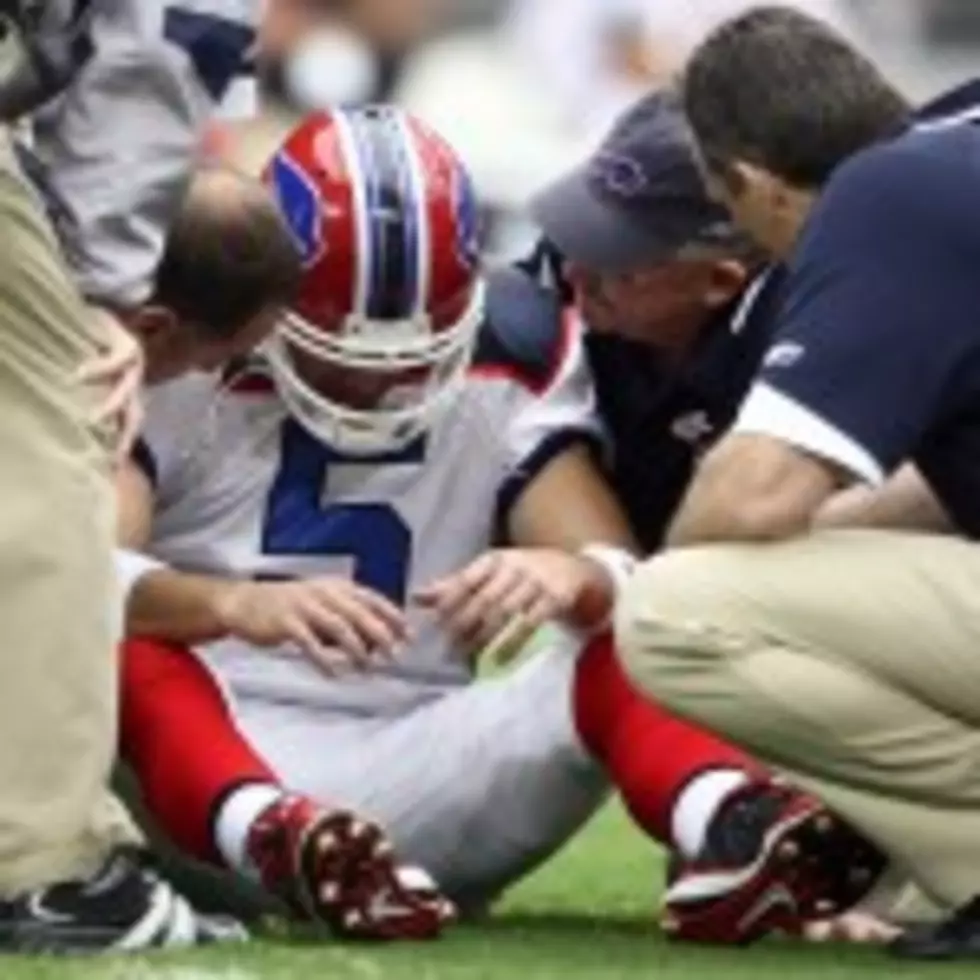
With Concussions on the Rise Should College Football Limit Full Contact In Practice?
One of the big stories this year in football has nothing to do with any one team, college or pro, championships or Jerry Jones and the soap opera that is the Dallas Cowboys. The number one story this year is concussions at all levels of football from Pop Warner to the NFL. The things we are now learning about concussions and their effects, both long and short term, is nothing short of frightening. My son Ethan loves playing football and is a quarterback - a pretty darn good one at that. Two years ago, he spent most of his time getting pounded into the ground because of a lack of protection. It concerned me, but I figured it would be ok.
Over the weekend, he informed me about making sure we get him signed up early for next season. And for the first time since he started playing, I have serious reservations about him playing football because of what we now know about concussions.
According to a recent piece on HBO's 'Real Sports', concussions have gotten to the point where a gauntlet might be thrown down in terms of rule changes to protect players at all levels.
According to the piece, 60-70 percent of the damage from concussions comes from practice and not the actual games, which makes sense because they spend a lot more time on the practice field than they do in actual games. The average player, between high school and the NFL, takes about 1000 hits per season, including practice and games.
Research has shown that if the number of times a player is hit can be cut to 700 or less, the risk for serious and permanent damage is greatly reduced. The amount of damage is progressive through the course of the season, with the most damage coming at the end of the season.
The NFL has a huge problem right now involving past players who have suffered symptoms from memory loss and inability to focus on even the smallest of tasks - from ALS to death. Recently, the NFL Players Association asked the owners to reduce the number of full contact practice sessions to a maximum of one or two per week - the league complied. The same is true at the Pee-Wee and Pop Warner levels and even some high schools, but not at the college level.
The reason for this is obvious...MONEY. College football makes an obscene amount of money for almost all of the big Division I programs. College football coaches are very resistant to this because they they feel the quality of play could be compromised, which could ultimately cost them their job.
More and more former college players are developing issues associated with the years of contact playing football just like some recent cases involving former NFL players like Junior Seau, who committed suicide earlier this year and really brought this issue to the forefront.
Former college players who never make the NFL are left to deal with their issues on their own. Former NFL players get financial assistance for their treatment and care, but college players get NOTHING in the way of help or assistance. This problem is only going to get worse as former college players begin to age.
Parents anymore should be more than concerned about this growing problem. They are trying to create better equipment that will do a better job protecting the head, but reducing full contact practice sessions is something that works and can be done right now.
Nobody has the answer right now and who knows what the right answer really is, but one thing that is certain - this problem will get a lot worse before it gets any better. The sad part is, there is something we can do to at least begin the process, but that could cost some schools some serious money and for those schools, that is completely unacceptable. The health and long term well being of student athletes should be first and foremost, but sadly it's not.
More From WKDQ-FM






